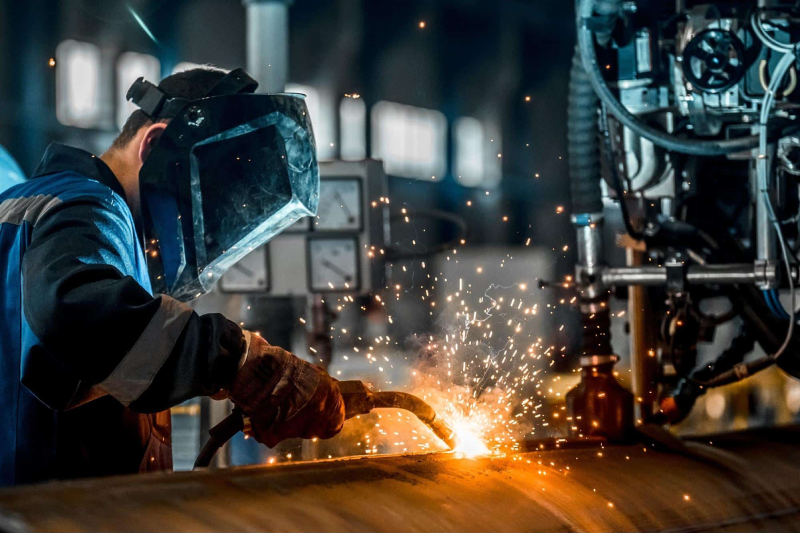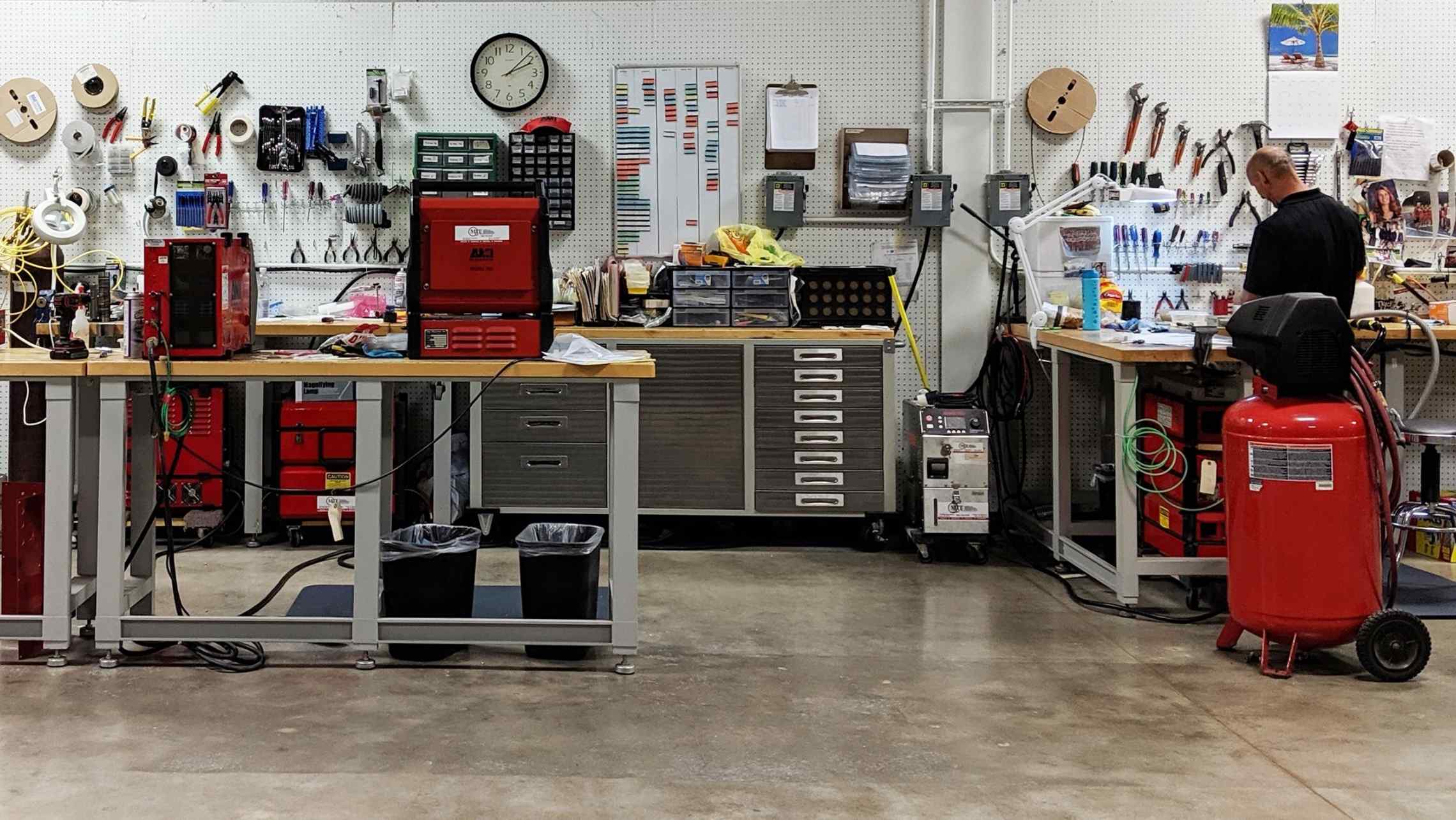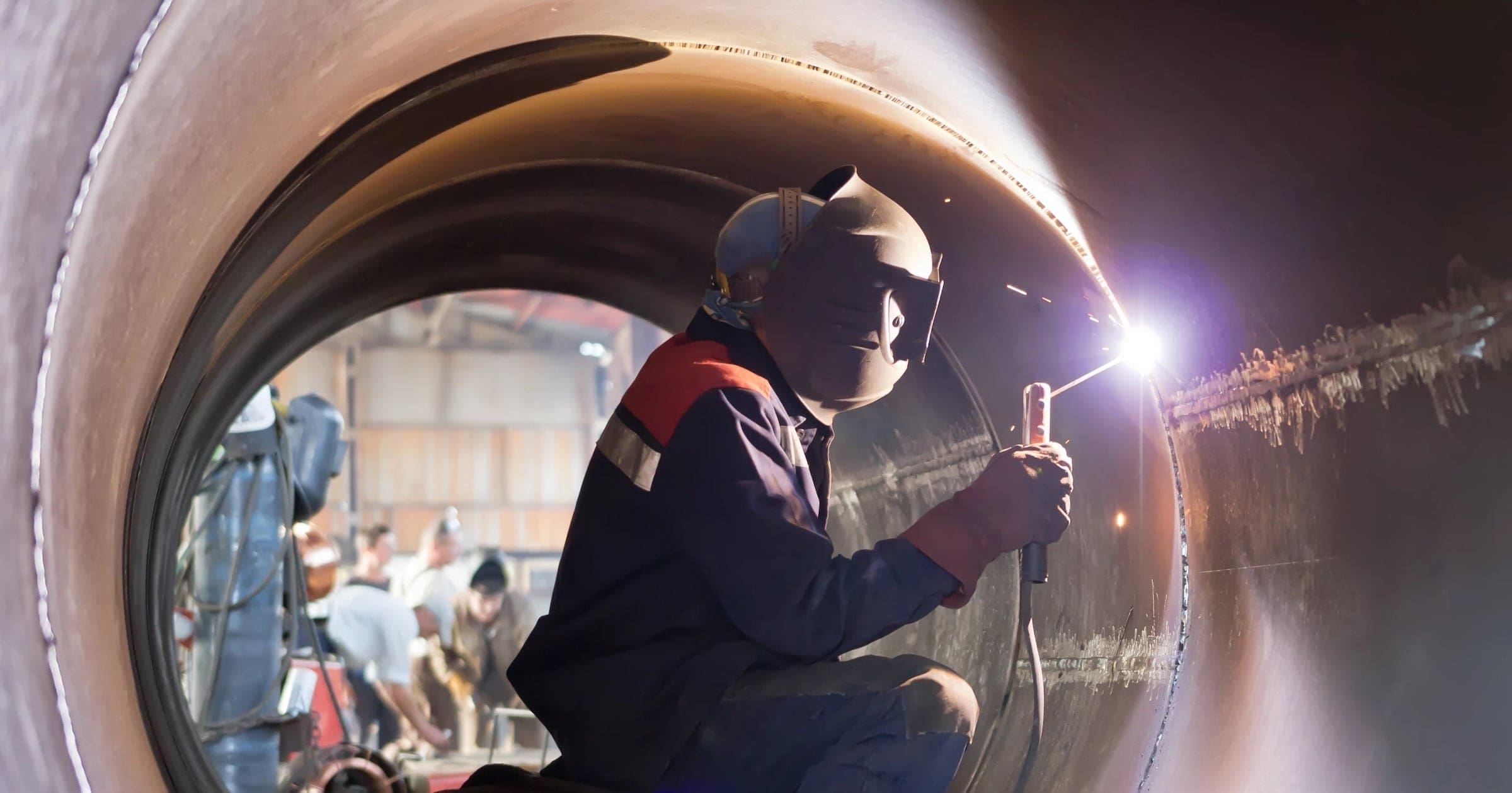Root reasons behind weld porosity and how Belgrade Welding fixes them
Wiki Article
Typical Welding Repair Issues and How to Address Them Successfully
Welding repair services usually encounter a variety of problems that can endanger the integrity of the last item. Common issues include inadequate infiltration, porosity, and misalignment, to name a few. Each flaw provides special difficulties that call for details methods for resolution. Comprehending these issues is crucial for welders aiming to enhance their results and abilities. This conversation will explore these typical welding repair service concerns and efficient techniques to resolve them.Poor Penetration
Poor penetration takes place when the weld metal fails to fully fuse with the base product, leading to weak joints and possible architectural failures. This problem commonly comes from not enough heat input, inaccurate electrode angle, or improper welding speed. Welders may experience inadequate infiltration due to a mistake of the essential criteria for a certain material density or kind. In addition, contamination on the base product's surface area can hinder effective bonding, worsening the problem. To resolve inadequate infiltration, welders ought to assure suitable settings on their tools and preserve a tidy work surface area. Regular inspection of welds is suggested to recognize any kind of deficiencies early, permitting prompt modifications and the prevention of jeopardized architectural integrity in welded assemblies.Porosity
Porosity is a typical problem in bonded joints that materializes as little gas bubbles trapped within the weld metal. This issue can jeopardize the honesty of the weld, bring about decreased stamina and possible failing under stress. Belgrade Welding. Porosity typically arises from contamination, wetness, or incorrect welding techniques, which allow gases to leave into the molten weld pool. To deal with porosity, welders need to ensure appropriate surface prep work, preserve a tidy working environment, and use appropriate welding criteria. In addition, picking the right filler material and protecting gas can mitigate gas entrapment. Normal inspection and testing of welds can help recognize porosity early, assuring prompt restorative actions are taken, consequently preserving the top quality and reliability of the bonded frameworkMisalignment
Imbalance in welding can arise from different aspects, including incorrect configuration and thermal growth. Comprehending the root causes is necessary for effective resolution. Several correction strategies are offered to straighten elements and ensure structural honesty.Causes of Imbalance
Welding imbalance frequently comes from a selection of underlying concerns that can compromise architectural stability. One main cause is improper fit-up of elements prior to welding, which can result in spaces and uneven surface areas. Variations in thermal expansion throughout the welding procedure can additionally cause distortion, particularly if the products being joined have different coefficients of development. Additionally, inadequate fixturing and securing may stop working to hold parts securely in place, bring about movement throughout welding. Improperly maintained devices, consisting of welding devices and tools, may present incongruities in the weld bead, more contributing to imbalance. Operator error, stemming from not enough training or experience, can also play a substantial function in producing misaligned welds.
Improvement Techniques Readily Available
Attending to imbalance properly needs a mix of rehabilitative strategies tailored to the particular concerns available. One common approach is the use of jigs or components to hold components in the proper position throughout welding, ensuring consistent placement. Additionally, preheating the products can help decrease distortion and enhance fit-up. For significant misalignment, mechanical realignment techniques, such as making use of hydraulic jacks or clamps, can be employed to correct the setting before welding. Post-weld warmth treatment might likewise be needed to alleviate stress and anxieties brought on by imbalance. Finally, careful inspection and adjustment throughout the arrangement phase can protect against imbalance concerns from ending up being considerable issues, promoting a smoother welding process and enhancing general structural honesty.Distortion
Distortion is an usual obstacle in welding that can occur from various aspects, consisting of irregular heating & cooling. Comprehending the reasons for distortion is important for implementing efficient avoidance methods. Addressing this concern not just boosts architectural honesty but additionally boosts the overall high quality of the weld.Root causes of Distortion
When based on the extreme warm of welding, materials usually undertake modifications that can bring about distortion. This sensation mostly arises from thermal development and tightening during the welding process. As the weld location warms up, the material increases; upon air conditioning, it acquires, which can develop inner tensions. Additionally, irregular home heating throughout a work surface can exacerbate these stresses, causing bending or bending. The kind of material also plays a substantial role; metals with differing thermal conductivity and coefficients of development might respond differently, causing unpredictable distortions. Poor joint design and insufficient fixturing can add to imbalance throughout welding, enhancing the chance of distortion. Understanding these reasons is essential for effective welding repair service and prevention strategies.Avoidance Techniques
Effective avoidance methods for distortion during welding focus on managing heat input and guaranteeing appropriate joint layout. Maintaining a regular warmth input assists to decrease thermal growth and contraction, which can bring about distortion. Using techniques such as pre-heating the workpiece can additionally minimize the temperature level gradient, advertising consistent heating. In addition, picking appropriate joint designs, such as T-joints or lap joints, can improve security and decrease tension focus. Applying correct fixturing to protect the workpieces in position even more help in maintaining placement during the welding procedure. Finally, staggered welding series can distribute warm more equally, stopping localized distortion. By applying these methods, welders can substantially reduce the likelihood of distortion and enhance the total top quality of their welds.Breaking
Fracturing is an usual concern encountered in welding repairs, frequently arising from different elements such as incorrect air conditioning rates, material option, or insufficient joint preparation. The occurrence of splits can considerably compromise the integrity of the weld, bring about potential failures throughout operation. To address this concern, welders need to initially assess the source, guaranteeing that materials are suitable and appropriately chosen for the specific application. In addition, controlling the air conditioning rate during the welding process is vital; fast air conditioning can induce anxiety and lead to fracturing. Proper joint design and prep work also add to decreasing the threat. Implementing these approaches can improve weld high quality and longevity, ultimately reducing the likelihood of splitting in finished weldments.
Insufficient Combination
A considerable concern in welding repair work is incomplete combination, which occurs when the weld metal does not adequately bond with the base product or previous weld passes - Montana Mobile Welding and Repair Belgrade. This defect can lead to weaknesses in the joint, potentially compromising the integrity of the bonded framework. Aspects adding to incomplete blend consist of insufficient heat input, improper welding method, and contamination of the surfaces being signed up with. To resolve this concern efficiently, welders need to guarantee appropriate pre-weld cleaning and surface preparation, as well as change their welding criteria to accomplish appropriate infiltration Going Here and blend. Normal evaluation throughout the welding procedure can additionally help identify insufficient blend early, enabling prompt corrective measures to boost the overall quality of the weldOverheating
While welding repair work can enhance architectural honesty, overheating offers a substantial obstacle that can result in material destruction. Extreme heat during welding can change the mechanical residential properties of steels, causing reduced toughness, boosted brittleness, and bending. This phenomenon is especially important in high-stress applications where architectural reliability is vital. Identifying getting too hot can include aesthetic inspections for discoloration or distortion, as well as keeping an eye on temperature during the welding process. To mitigate the threats connected with overheating, welders must use suitable techniques, such as controlling warm input, adjusting traveling rate, and using suitable filler products. Additionally, image source executing pre- and post-weld warmth treatments can aid recover product residential properties and boost the total high quality of the repair work, ensuring lasting efficiency and security.Regularly Asked Inquiries
What Are the Usual Signs of a Welding Problem?

How Can I Evaluate My Welds for High quality?
To check welds for quality, one can use visual examinations, ultrasonic screening, and radiographic techniques. Each technique guarantees structural aluminum welding shops near me stability, recognizes flaws, and validates adherence to defined requirements, ultimately boosting the dependability of the bonded joints.What Safety Preventative Measures Should I Take While Welding?
When welding, one must prioritize safety by using suitable personal protective equipment, making sure appropriate air flow, securing flammable materials away, maintaining a tidy office, and recognizing surroundings to avoid crashes and injuries.Can I Fix a Weld Without Redoing the Entire Joint?
Fixing a weld without redoing the whole joint is feasible, relying on the damage (Belgrade Fabrication). Strategies such as grinding, including filler product, or utilizing a welding procedure can properly deal with particular flaws while protecting the bordering structureWhat Equipment Are Crucial for Efficient Welding Fixes?
Vital tools for effective welding repairs include a welding equipment, cord brush, grinder, protective gear, clamps, and filler products. Each device plays a vital role in guaranteeing top quality and safety during the repair service process. Porosity typically arises from contamination, moisture, or incorrect welding techniques, which permit gases to escape right into the liquified weld swimming pool. Inadequately conserved devices, consisting of welding makers and devices, might present incongruities in the weld grain, additional contributing to imbalance. When subjected to the intense heat of welding, products often undergo changes that can lead to distortion. Cracking is an usual problem run into in welding repair work, usually resulting from various factors such as incorrect air conditioning rates, material option, or inadequate joint prep work. A significant problem in welding repair work is incomplete combination, which occurs when the weld steel does not appropriately bond with the base product or previous weld passes.Report this wiki page